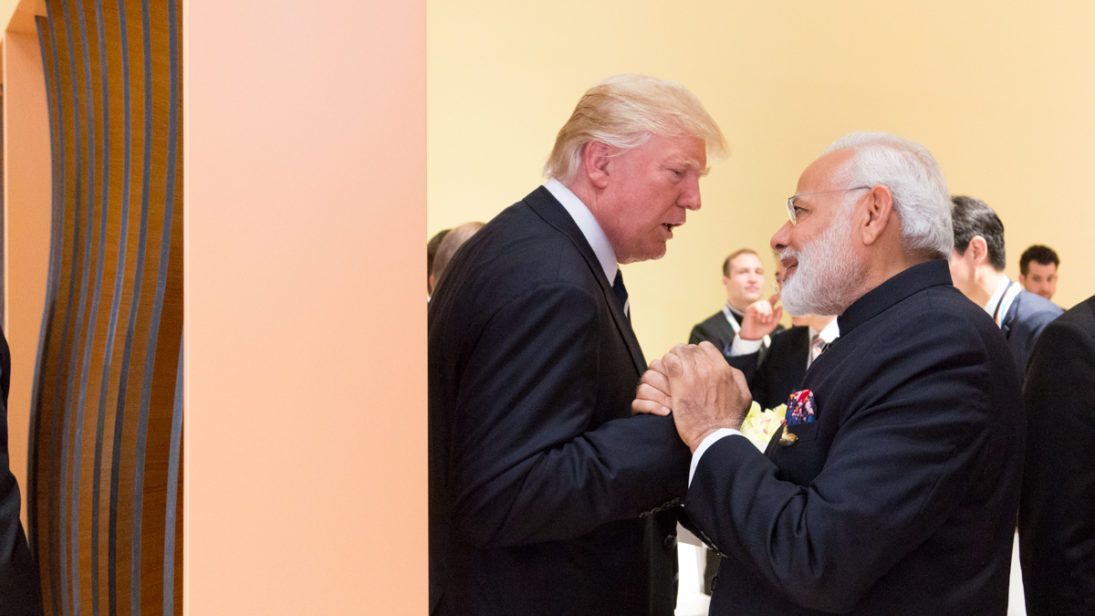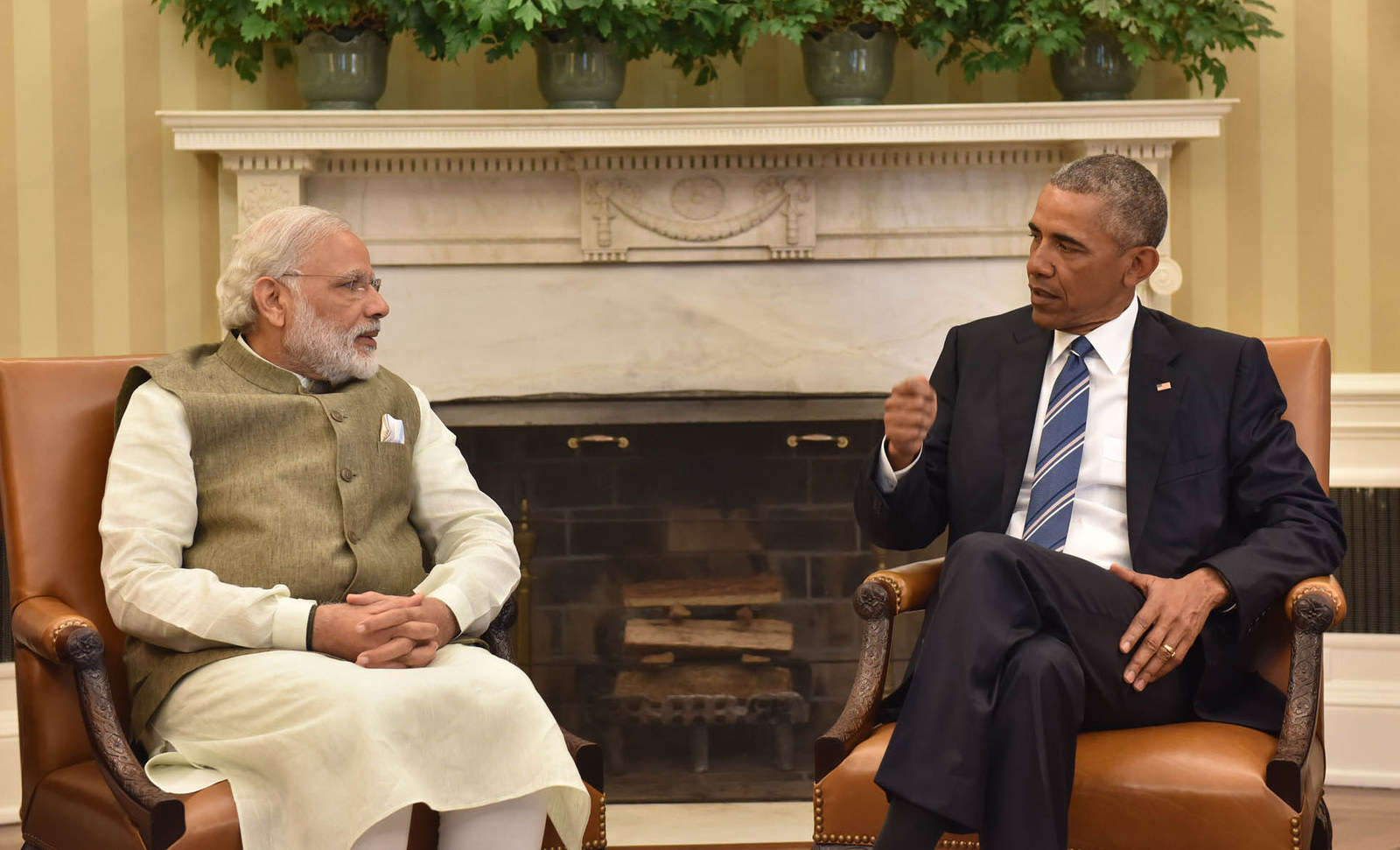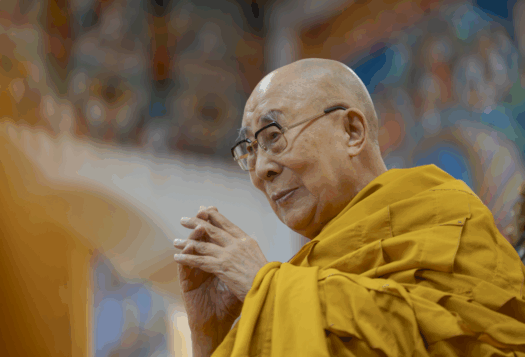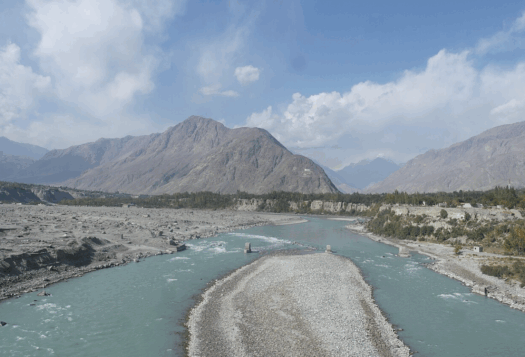
Those who observe U.S.-India relations closely anticipated that U.S. President Donald Trump’s election would result in “difficult to sustain” bilateral relations, especially after the president’s stances on immigration, climate change, technological cooperation, and other issues became clear during the presidential campaign. Some argued that the change in U.S. administrations would test the relationship. Yet, after the first year of the Trump presidency, U.S.-India relations are set to continue in a positive direction.
Perhaps none of India’s bilateral relationships have undergone such a transformation in the last six decades. In the past sixteen years, the United States and India have gone from being called “estranged democracies” to establishing a hotline between the Prime Minister’s Office in New Delhi and the White House in Washington. Clearly, bilateral relations have taken a great leap forward from the days of PL-480—when India accepted a wheat loan from the United States—to the Next Steps in Strategic Partnership (NSSP), under which both countries agreed to expand cooperation into the realm of civil nuclear activities, civilian space programs, and high technology trade. Many scholars in India viewed this as the beginning of a fundamental shift in U.S.-India relations.
U.S.-India Relations After Trump
During the first year of the Trump presidency, the U.S.-India partnership experienced two significant precedents. First, in Trump’s speech announcing the new U.S. strategy in South Asia in August, the U.S. President called out Pakistan for “[giving] safe haven to agents of chaos, violence, and terror” in Afghanistan. Since then, President Trump has continuously highlighted the duplicity of Pakistan taking U.S. financial resources while not delivering on its promise to do more on counterterrorism. Many in New Delhi perceived the Trump administration’s hardline stance towards Pakistan—including the suspension of at least $900 million USD in security assistance—as the United States’ alignment with the Indian position regarding Pakistan’s patronization of terror groups in the region.
In India’s view, the United States’ decision to call out Pakistan on terrorism is in line with New Delhi’s own attempt to diplomatically isolate Pakistan on the same issue. India raised the issue at this year’s BRICS (Brazil, Russia, India, China, South Africa) forum in China as well as at the South Asian Association for Regional Cooperation (SAARC) summit held in 2016. Diplomatic isolation of Pakistan aside, India was also pleased with President Trump’s speech calling for a greater role for India in Afghanistan. In New Delhi’s eyes, the implication was that India can responsibly help the United States by playing a constructive role in Afghanistan whereas Pakistan is playing the spoiler to U.S. efforts in the region. In turn, this strengthens India’s role in the region and on the world stage.
The other subtle but significant development has been a shift from the U.S. narrative of “Asia-Pacific” to “Indo-Pacific.” The U.S. government now recognizes that this phrase captures the importance of India’s rise. While the shift in phrasing is symbolic, it reflects the alignment of world views between India and the United States. It is worth mentioning that, in 2013, former Indian Prime Minister Manmohan Singh had used the phrase when meeting with East Asian counterparts to discuss stability in the region. This phrase seems to have also translated into the formation of the Quadrilateral grouping, or the Quad: a coalition of the United States, Japan, Australia, and India to “patrol and exert influence on waterways from the Indian Ocean to the Pacific Ocean.”
Thus, the U.S.-India bilateral partnership has shown signs of synergy in the first year of the Trump presidency, especially in terms of signing a key defense agreement for the purchase of 22 unarmed Sea Guardian drones by India. Furthermore, the affirmation of India’s position as a Major Defense Partner of the United States in the 2017 fiscal year’s National Defense Authorization Act (NDAA) reflects that, when it comes to India, the Democratic and Republican parties are united.

While the general trajectory of U.S.-India relations seems to be moving upward, there have been developments outside of this streak: both the issue of the Indian vote on Jerusalem and India’s refusal to shut down the North Korean embassy in New Delhi reflect this. These are important developments in terms of their bilateral partnership, from which it can be argued that this relationship is entering a phase where both countries do not have to necessarily agree with each other on every issue to move forward with deepening the relationship. For instance, India’s resistance to U.S. pressure on ending diplomatic ties with North Korea did not prevent Secretary of State Rex Tillerson from inviting India to be part of the Vancouver Group, which aims to discuss the North Korean nuclear issue. Similarly, the Indian vote against the United States on Jerusalem at the United Nations General Assembly reflected India’s principled and independent position on the Israel-Palestine issue. Recently, U.S. Ambassador to India Kenneth Juster acknowledged that India and the United States have always “disagreed from time to time,” but that the strength of the partnership lies within diplomats of both countries’ ability to “[listen] carefully to one another, [seek] to understand the other’s point of view, and [search] for commonalities and mutually beneficial solutions.” Thus, the coexistence of interest-based convergences and foreign policy divergences in U.S.-India relations is becoming apparent.
Roadblocks Ahead?
While bilateral relations currently remain solid, there are some issues that demand attention from the United States. Some strategic experts in India argue that President Trump should negotiate a bilateral investment treaty (BIT) to further promote U.S.-India trade. According to some recent reports, the United States has already “watered down” the idea of holding talks with India on the BIT, the negotiations for which began in 2009. The problem lies in the issue of investor state dispute settlement (ISDS), which requires a foreign firm to resolve the dispute in local courts for five years before approaching international courts. It is still unclear how both countries plan to resolve this.
Another issue that is likely to become pronounced in the U.S.-India relationship could be that of strategic autonomy. India’s newfound status as the United States’ Major Defense Partner is indicative of a fundamental transformation in Indian foreign policy. The concern is real: given India’s history of maintaining an autonomous foreign policy, New Delhi will find itself in a tricky situation to navigate its relationship with the United States while managing other strategic partnerships and possible military alignments, especially when it is likely that the U.S.-India defense partnership may continue to grow. In a conversation with the author, Michael Kugelman, Deputy Director of the Asia Program at the Wilson Center, argued that both countries need to articulate their perceptions and expectations of the strategic partnership, as neither country has clearly stated what they expect from the other. These questions of strategic autonomy may be muted as of now, but are likely to grow louder in the future.
***
Image 1: The White House via Flickr
Image 2: U.S. Embassy New Delhi via Flickr


